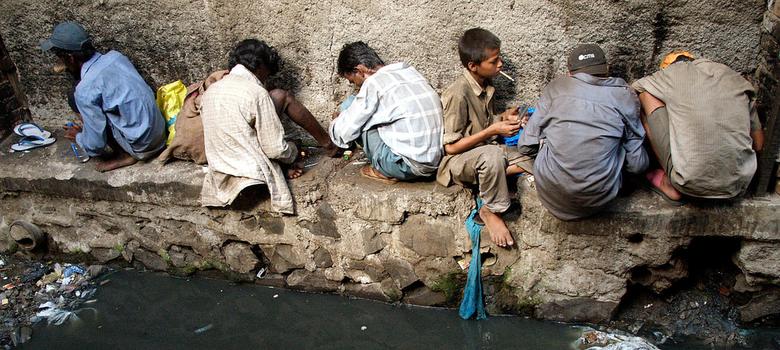
Substance abuse also known as drug abuse refers to the harmful or hazardous use of psychoactive substances, including alcohol and illicit drugs. The use of psychoactive substances causes significant health and social problems for the people who use them, and also for others in their families and communities. Substances of abuse include alcohol, opiates, cocaine, amphetamines, hallucinogens, prescription, and over-the-counter drug abuse. (Psychoactive substances are substances that, when taken in or administered into one’s system, affect mental processes).
Psychoactive substance use poses a significant threat to the health, social and economic aspects of families, communities, and nations. Globally, the prevalence of alcohol use disorders is significantly higher than the prevalence of drug use disorders. Generally, alcohol and drug use disorders are more common among males than among females. According to the World Health Organisation Report 2002 (WHO), 8.9% of the total burden of disease is due to the use of psychoactive substances; tobacco accounted for 4.1%, alcohol 4%, and illicit drugs 0.8% of the burden of disease. There are 2 billion alcohol users, 1.3 billion smokers, and 185 million drug users globally (WHO 2002). These three psychoactive substances have different disease burdens on different age groups. Illicit drug use causes mortality earliest in life, alcohol also mainly (65%) before the age of 60, while 70% of the tobacco deaths occur after the age of 60.
In India
Today, no part of the world is free from the curse of drug trafficking and drug addiction. Millions of drug addicts, all over the world, are leading miserable lives, between life and death. India too is caught in this vicious circle of drug abuse, and the numbers of drug addicts are increasing day by day. According to a UN report, One million heroin addicts are registered in India, and unofficially there are as many as five million. What started as casual use among a minuscule population of high-income group youth in the metro has permeated to all sections of society. Inhalation of heroin alone has given way to intravenous drug use, that too in combination with other sedatives and painkillers. This has increased the intensity of the effect, hastened the process of addiction, and complicated the process of recovery. Cannabis, heroin, and Indian-produced pharmaceutical drugs are the most frequently abused drugs in India. Cannabis products, often called charas, bhang, or ganja, are abused throughout the country because it has attained some amount of religious sanctity because of its association with some Hindu deities. The International Narcotics Control Board in its 2002 report released in Vienna pointed out that in India persons addicted to opiates are shifting their drug of choice from opium to heroin.
Adolescent drug abuse is one of the major areas of concern in adolescent and young people’s behavior. It is estimated that, in India, by the time most boys reach the ninth grade, about 50 percent of them have tried at least one of the substances of abuse nature. In the last three decades, many epidemiological surveys have been carried out in India to assess the prevalence of substance abuse.

You must be logged in to post a comment.